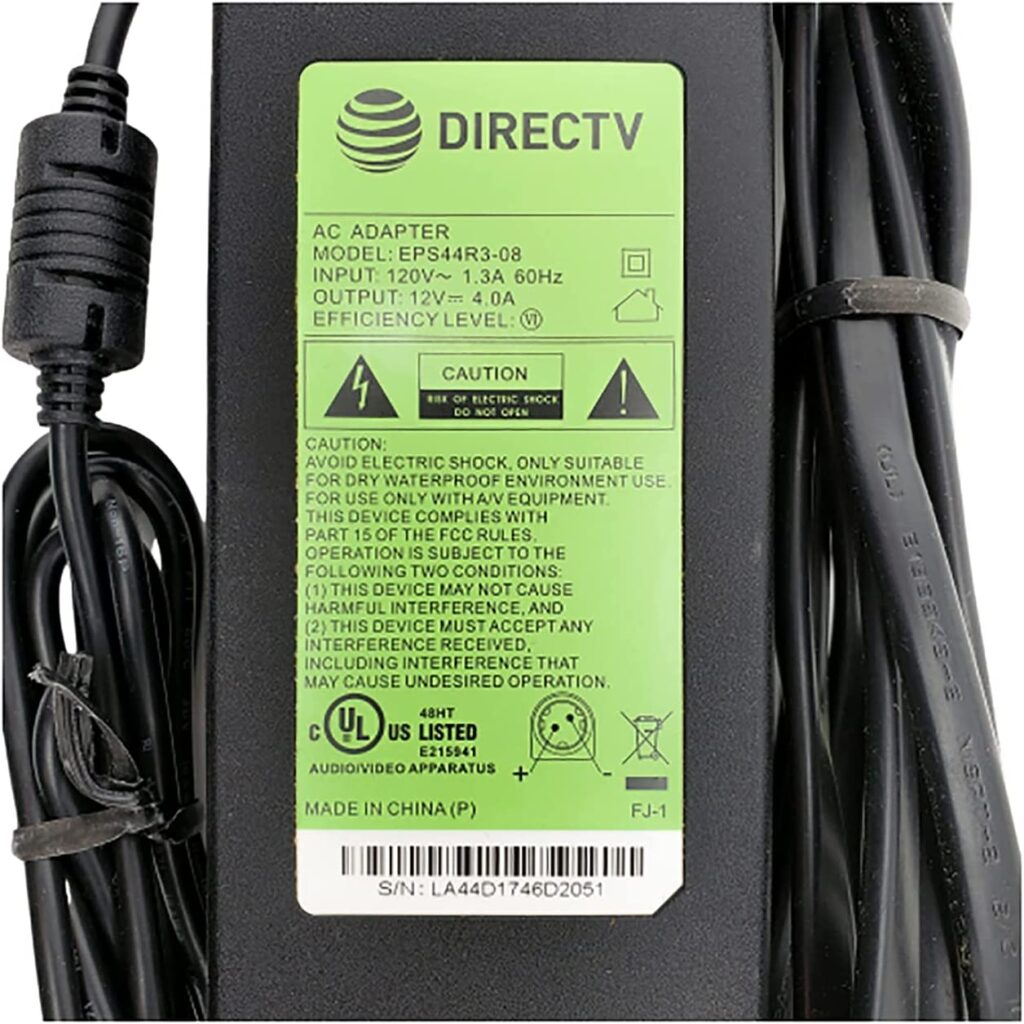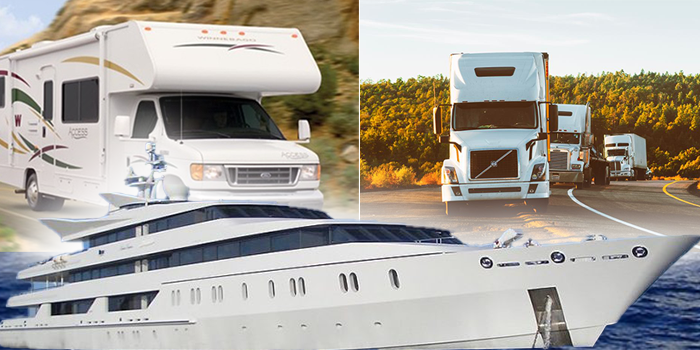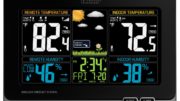Here’s a question we get a lot from our RV and boating community. A lot of people love having TV and internet while they’re away from home, of course. But then there aren’t always devices that are designed for direct wiring to vehicles. Yet, people want to wire their equipment into the boat or RV’s 12 volt system. It’s easier and lets them get the device where they want to have it. So, let’s talk about it. In some cases you can, and in some cases you can’t.
Understanding the difference between home and vehicle/marine systems
You know that home electricity works differently than mobile and marine electricity. What yo may not know is how these systems differ. I’m not going to get deep into the physics of this… you can do that research if you’re really interested. What you need to know is that home electricity is 110 volts alternating current. Mobile and marine systems are 12 volts direct current. Alternating current is used to help distribute electricity over long distances. Most electronic devices actually work on direct current, so a transformer (what you’d call a wall wart) is used to convert from one to the other. Without a transformer, you’d just fry whatever you tried to connect.
The key to understanding how to hardwire your electronics is understanding what kind of power is needed. Some devices can take that 12 volt power with no translation at all. Most can’t. In order to know if yours can, look at the sticker on its power supply or on the device itself.

This is the power adapter for the HR44 and HR54 DVRs. It’s an interesting case. It’s one of the few devices that actually takes in regular home current (in this case it pulls 120 volts) and puts out 12 volts. If you take a look at every charger you have, this sort of information is on it somewhere by law. Most things don’t put out exactly 12 volts. If it doesn’t, it’s a lot harder to hard wire.
If the transformer does put out exactly 12 volts, you can snip the wire between the transformer and the device, hard wire it to your vehicle or boat, and plug the other end into the device. I’d recommend getting a spare power supply rather than cutting up the one you have. Also know that this probably voids your warranty so be careful.
Hardwiring things meant for vehicles
Most things designed for vehicles have this sort of connection:

Even though most folks don’t smoke in the car anymore, we still call this a lighter socket plug. The car makers want us to call it a utility socket, but we won’t.
If your device has one of these, this is going to be incredibly easy to hardwire. Just cut off the socket end and connect it to your car’s 12 volt system. The socket plug is generally just a way for you to connect to the 12 volt system anyway. Some plugs have fuses which is a good idea. If you’re worried about power surges, it’s a good idea to wire a fuse inline with the hard wires. Just take the fuse out of the plug and wire it in line with the hot wire. Easy peasy.
What if you want to hard wire, but you can’t do either of those things?
Here’s where it gets a little weird. What you want to do is convert the 12 volt direct current from the boat or RV into what you need (for example 18 volts.) There are two ways of doing this. One’s kind of simple while the other is really downright silly even though it works.
Option 1: ignore the voltage
Some devices are rated to run at 10 volts, some at 15 volts. If the number is close to 12, you might decide to hard wire it anyway. If you supply too much voltage, your device will run hotter and possibly fail faster. On the other hand if you don’t supply enough voltage, it might misbehave in weird ways. But, you could decide to risk it. There may be no downside. Just know that you’re sort of on your own, and the warranty probably won’t help if the device fails.
Option 2: an inverter or transformer
Sometimes you can find transformers that will take in 12 volts and put out the exact voltage you need. If that’s the case, buy one, and then you can cut the end off the device’s power cord to make the adapter you need. Just pay attention to which is the hot wire and which is the neutral wire. You don’t want to wire it backwards.
It’s more common to use a device called an inverter. Inverters take the 12 volt DC power from your boat or RV. They turn that into 110 volt AC power. Then you can plug in the wall wart. This will turn it back to the right voltage of DC power. If this seems kind of silly, you’re right. But, it does work reliably. Choose an inverter from Solid Signal. Chances are for a single device you just need one of the inexpensive ones. Then cut off the lighter socket plug. Hard-wire it in, putting the fuse inline if you choose to. You’ll have an outlet you can plug anything into.
Get the best advice and accessories from Solid Signal
No matter what you want to put in your RV or boat, Solid Signal can help! We have thousands of hard-to-find parts at the best prices. Plus, we have free advice available during East Coast business hours. Call us at 888-233-7563 to reach a real certified technician in our Detroit-area offices. If it’s after hours, fill out the form below. We’ll get right back to you!





